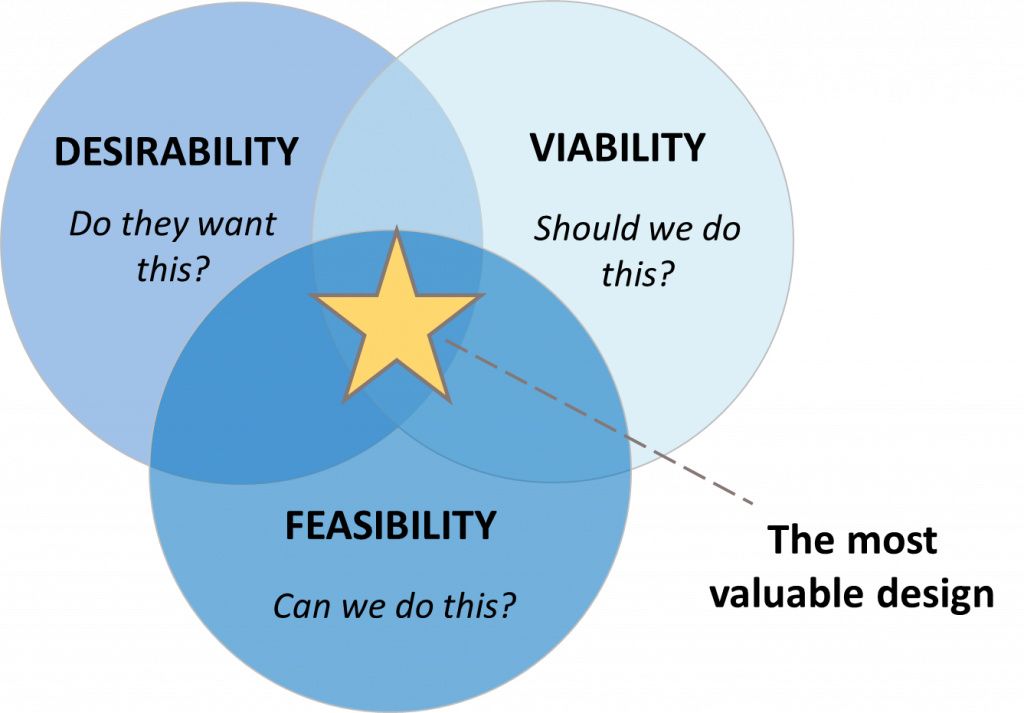
QUANTIFIED DESIGN™ Solving the Monty Hall Problem of Innovation Strategy Newry Corp
The answer is possibly a big no! Take the case of Tata Nano, the car that was supposed to shake up the auto industry. Tata motors demonstrated that it was feasible to produce a car at that low price point, at a fairly consistent quality and reliability level. Unfortunately, there was no convergence of desirability, feasibility and viability.
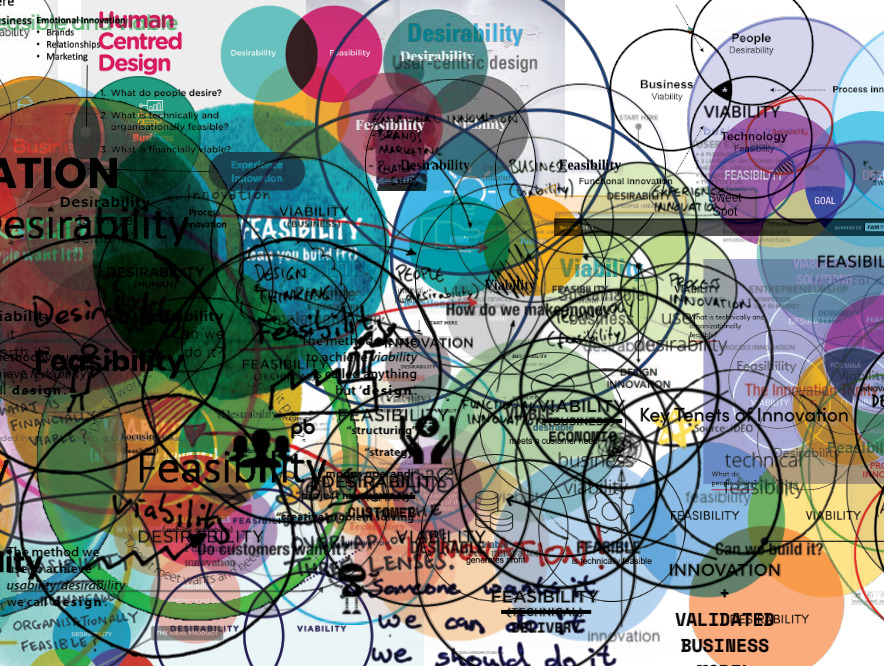
Move Over Design Thinking Desirability, Viability, Feasibility Time for a Better Approach
In design thinking, the concept of desirability is to assess whether the product or service the company is providing is considered essential to the user or merely a "nice to have." As part of the assessment, a UX design team considers carefully how exactly the product assists users in reaching their goals and what success looks like to the.

Desirability research, or what does the user like? Ergomania UX and product design agency
Desirability Feasibility Empathy Ideation Download chapter PDF Learning Objectives: In this chapter, we will explore the process of design thinking as a discipline. We will then explore its integration within healthcare. By the end of the chapter, a reader shall be able to: Define the concept of design thinking

a diagram with the four areas labeled in each circle, including technology innovation and
T he desirability, viability, feasibility diagram was originally developed to help explain the design thinking approach, which is primarily concerned with putting the customer or user at the center of the innovation process.

Creating desirability through emotional connections by Sol PandiellaMcLeod Medium
The design thinking process doesn't follow a fixed sequence of steps, but it has an ideal end point. The end goal of every design thinking project is a solution that is desirable, feasible and viable. Desirability focuses on people. It's what puts the "human" in human-centered design. Your solution is desirable if it appeals to the.

Design thinking desirabilityfeasibilityviability
Desirability is an important level of user experience that gauges how much a product or brand is wanted by a consumer. Sometimes, high desirability may be expressed through a premium. Increased prices sometimes evoke desirability—for example, as seen with a sleek BMW car design.

Design thinking and codesign Learning for Sustainability Design Thinking Process, Systems
A. Definition and Significance of Desirability in Design Thinking. At the heart of Design Thinking lies desirability, a critical dimension encompassing the user's wants, needs, and aspirations. Desirability focuses on creating solutions that resonate deeply with users, sparking emotional connections and fulfilling unmet desires..
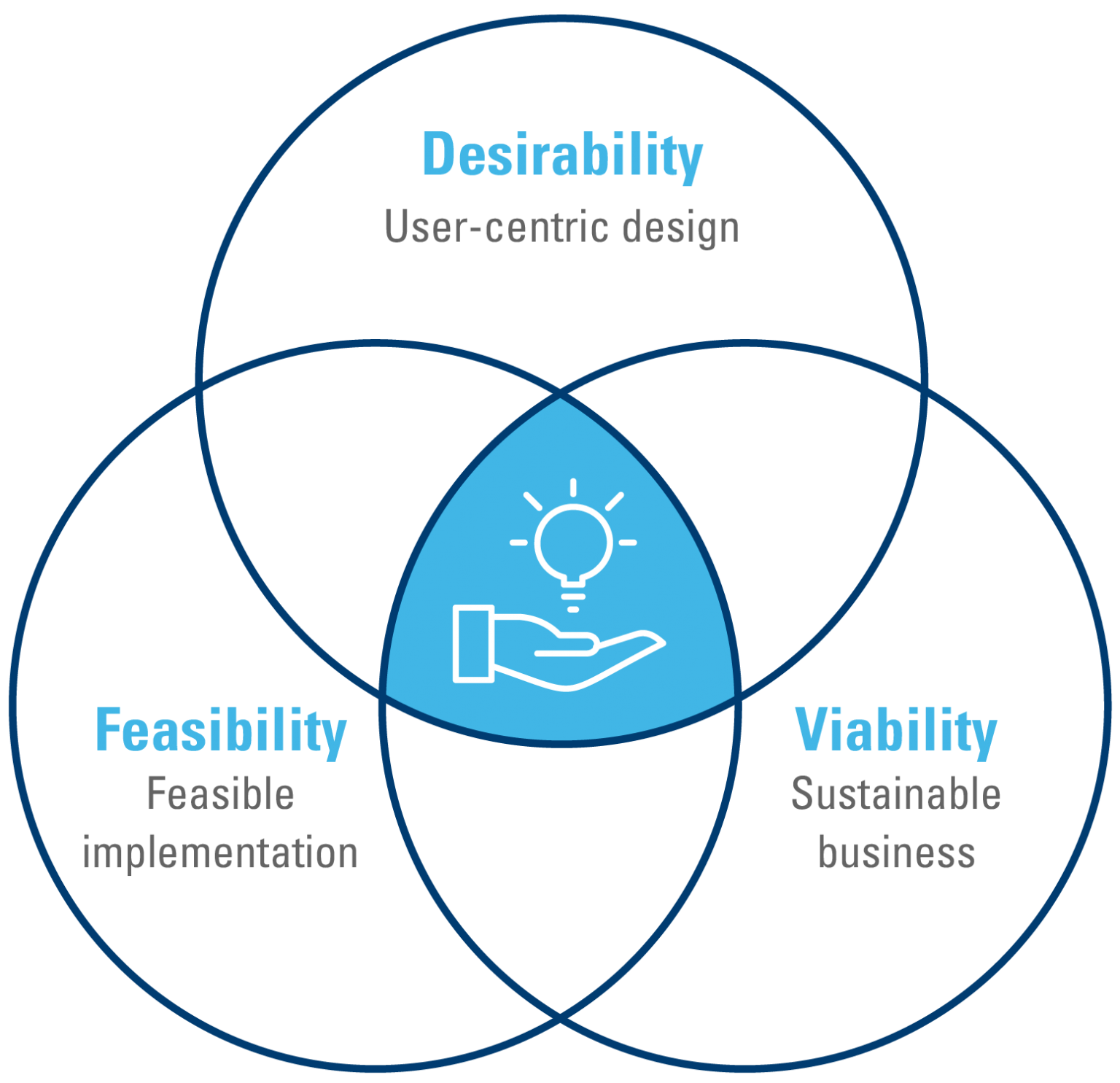
Design thinking ensuring desirability, feasibility and viability of innovation
Design Thinking is a customer-centric development process that creates desirable products that are profitable and sustainable over their lifecycle.. By definition, a prototype is cheaper and faster to produce than a complete solution. This enables faster feedback from users and customers, increased understanding of solution requirements, and.

Desirability Model from Design Thinking / HumanCentred RSUWorkinprogress
The Desirability, Viability and Feasibility (DVF) framework has traditionally been used within design thinking and innovation approaches. It endeavours to balance what is desirable from a customer point of view with what is technologically feasible and economically viable. Prioritizr provides the ability to score issues in Jira across each key.
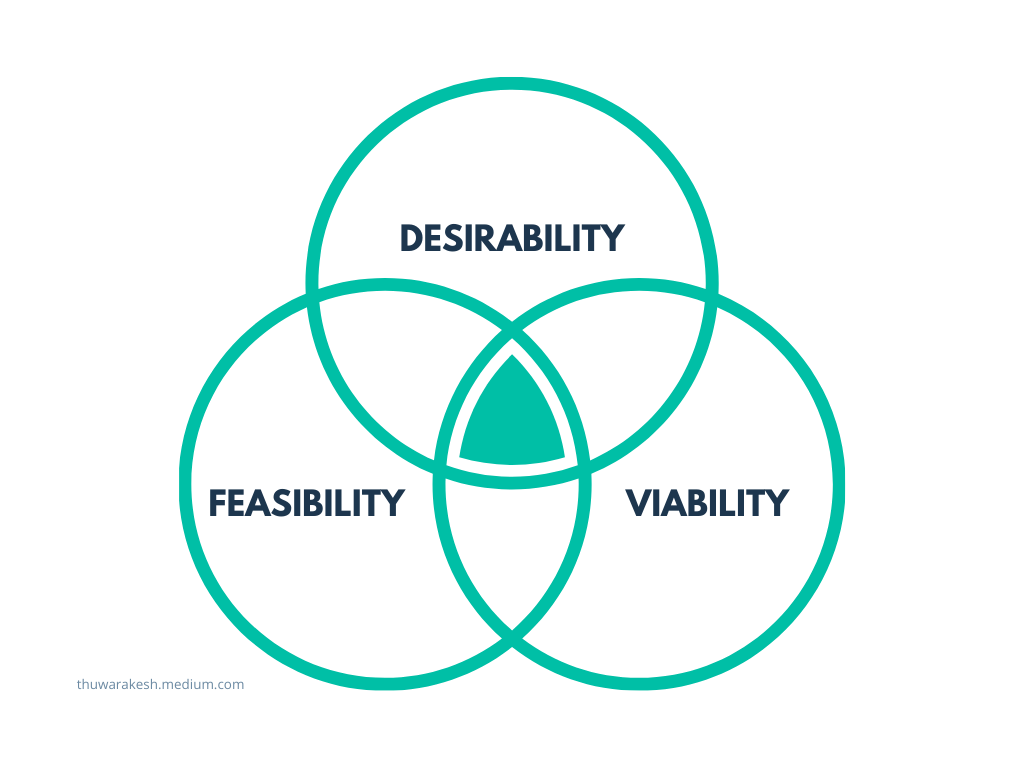
Stanford’s 5 Steps of Design Thinking for Innovation. Bootcamp
Table of Contents 1) What is Desirability in Design Thinking? 2) Viability in Design Thinking 3) Feasibility in Design Thinking 4) Benefits of DVF Framework 5) Conclusion What is Desirability in Design Thinking? Customers or users need or want a product that satisfies the Desirability criteria.
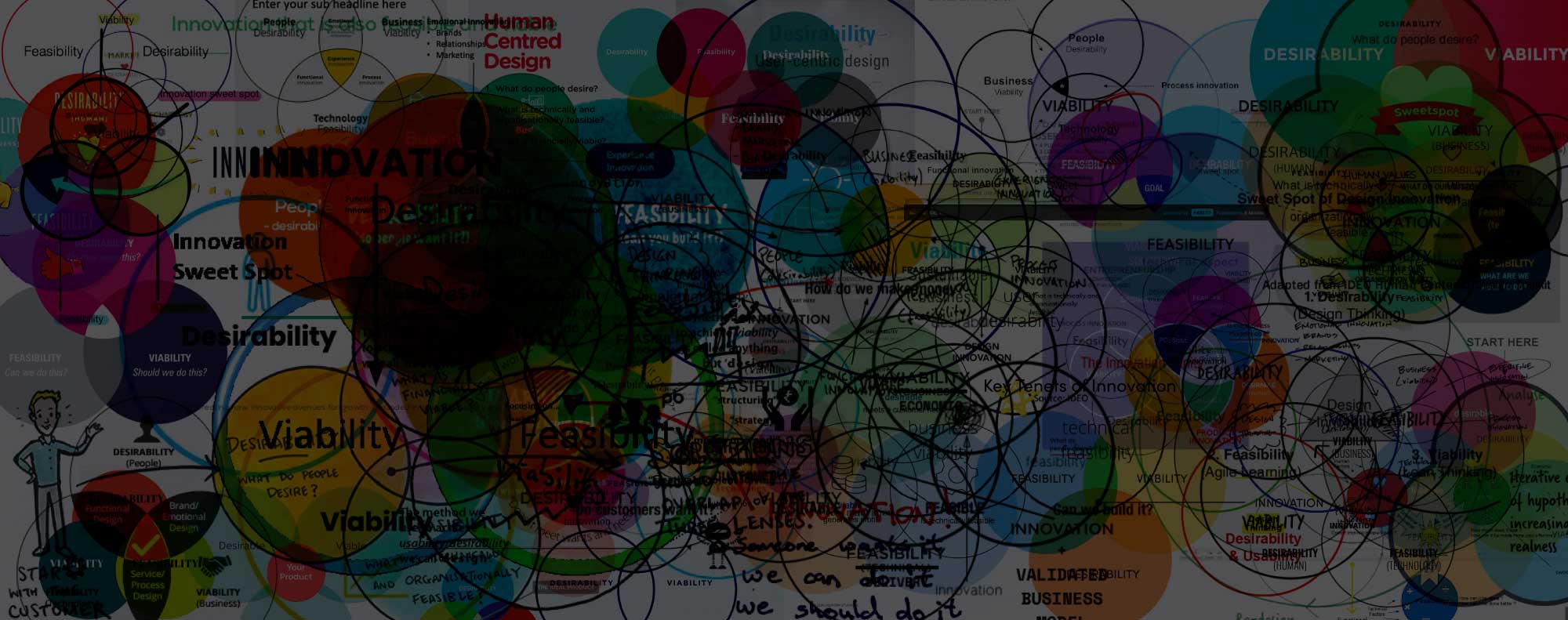
Move Over Design Thinking Desirability, Viability, Feasibility Time for a Better Approach
IDEO's Desirability, Viability and Feasibility (DVF) framework is a powerful tool that helps teams create successful products by evaluating three key factors separately and bringing them together. By considering desirability, viability, and feasibility at each stage of the development process, product design teams can reduce uncertainty and.
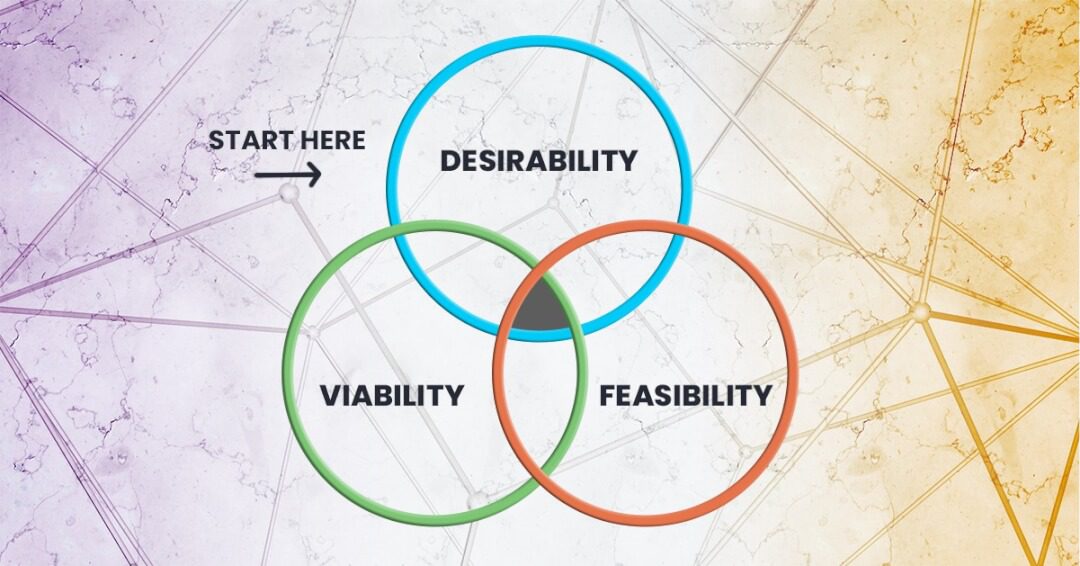
Apa itu Design Thinking dan Mengapa Penting untuk Bisnis? Ekipa Indonesia
Design Desirability, feasibility and viability diagram: What does it mean? In this post we'll define desirability, viability and feasibility and provide examples to illustrate how these criteria keep you on the right track when designing any product. Cynthia Vinney 6 October 2022 6 min read Free course: Introduction to UX Design What is UX?
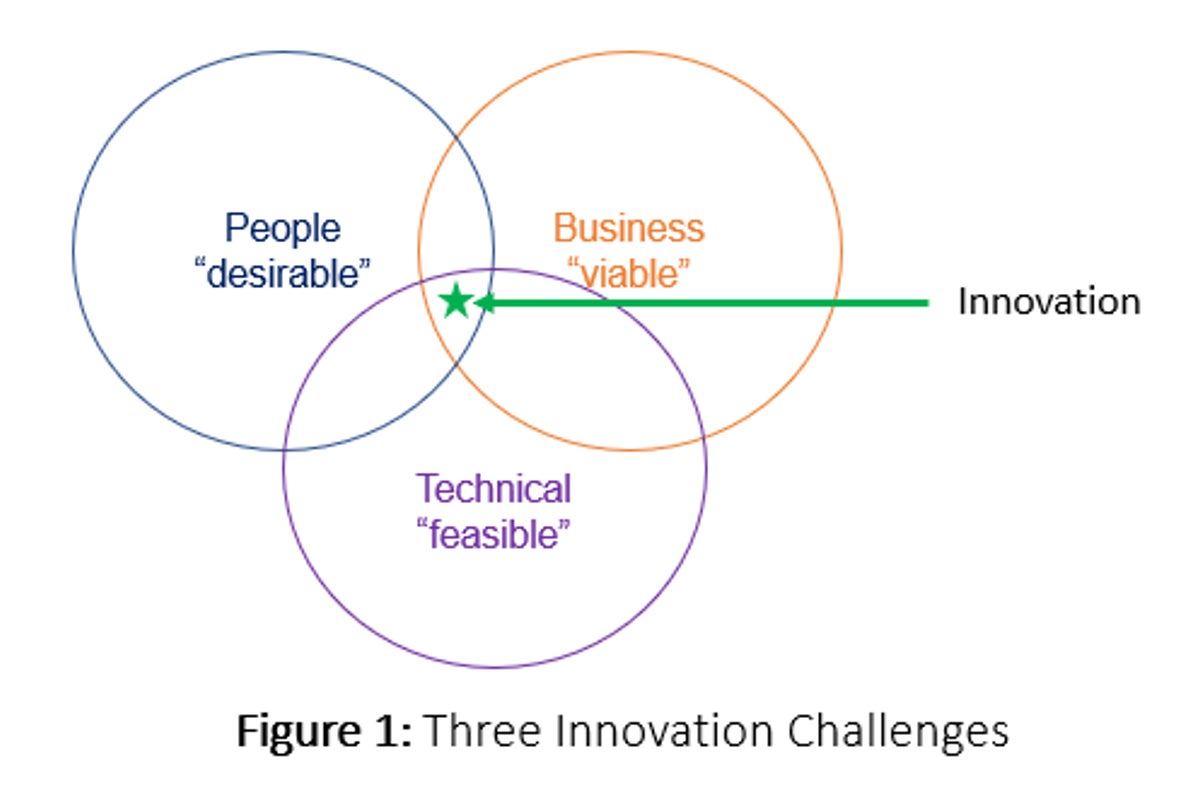
Putting Design Thinking into Action CIO
Design thinking builds people's capacity to innovate by having them adopt and practice a certain mindset. The skills developed through design thinking can then be applied in a variety of ways, such as a design sprint — a process for testing ideas that involves fast prototyping. So how do you get started with design thinking?
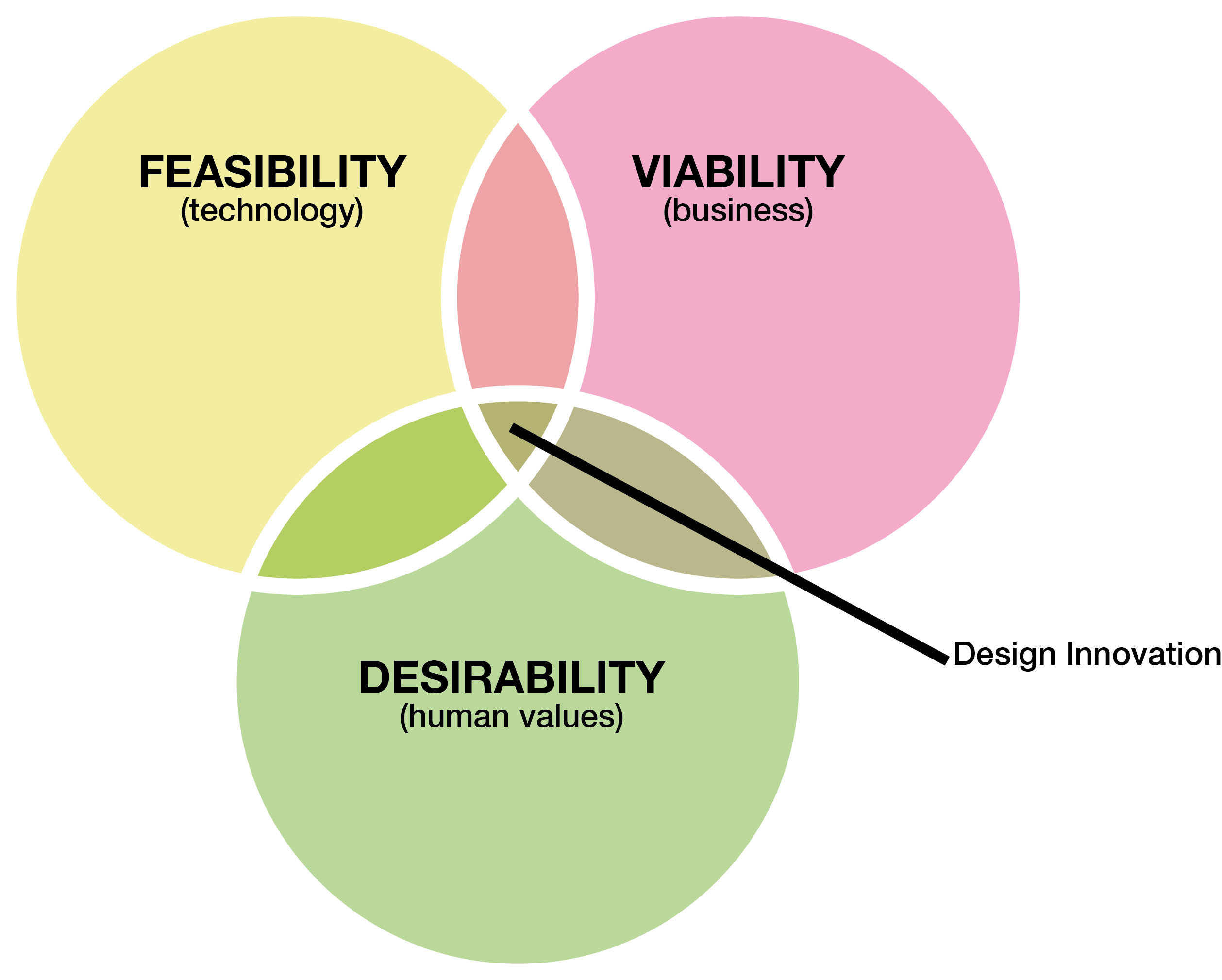
will actively search for and analyze users needs and then develop ideas concepts and detailed
The end goal of a design thinking process is to create a solution that is desirable, feasible and viable. This means that your product should satisfy the needs of a user, be feasible to implement and have a financial model as well.
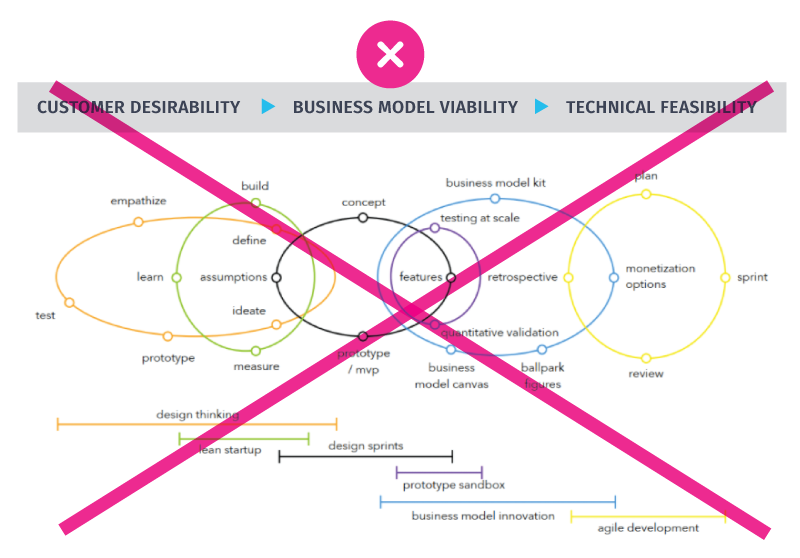
Move Over Design Thinking Desirability, Viability, Feasibility Time for a Better Approach
Design thinking is a non-linear, iterative process that teams use to understand users, challenge assumptions, redefine problems and create innovative solutions to prototype and test. It is most useful to tackle ill-defined or unknown problems and involves five phases: Empathize, Define, Ideate, Prototype and Test. Show video transcript

Design thinking—a methodology with a proven ROI—integrates customer desirability, business
It appeals to those interested in designing products and services that are desirable. In today's competitive landscape, products and services that connect with human meaning, usability, and emotions are more likely to be successful. Designing for desirability begins with questions of what we mean by 'desirable' and 'for whom'.